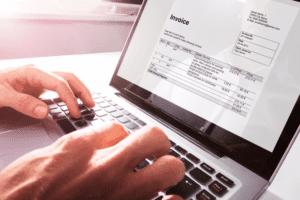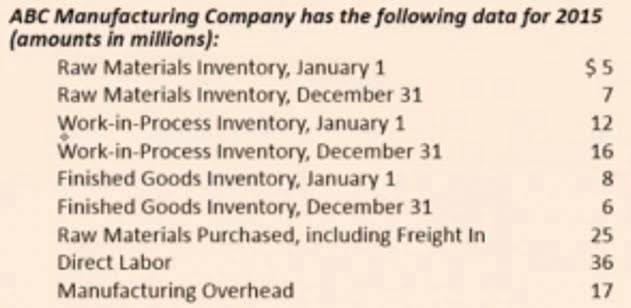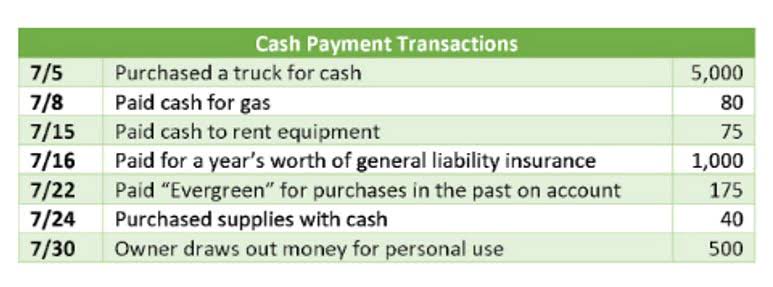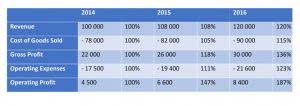
This line item includes all of the company’s intangible fixed assets, which may or may not be identifiable. Identifiable intangible assets include patents, licenses, and secret formulas. Yes, for a corporation, shareholders’ equity is https://ultramovie.fr/is-prepaid-insurance-an-asset-on-financial/ essentially the net worth.
- For instance, if a common stock with a par value of $1.00 is issued for $10.00 per share, $1.00 is allocated to common stock, and the remaining $9.00 is recorded as APIC.
- Treasury Stock refers to shares of a company’s own stock that it has repurchased from the open market.
- Total Liabilities and Equity represents the sum of a company’s financial obligations (liabilities) and the owners’ claims (equity) on its assets.
- Dividend recapitalization—if a company’s shareholders’ equity remains negative and continues to trend downward, it is a sign that the company could soon face insolvency.
- It helps in determining the book value of a company, aiding in mergers, acquisitions, or sale negotiations.
- The easiest approach is to look for the stockholders’ equity subtotal in the bottom half of a company’s balance sheet; this document already aggregates the required information.
How to calculate shareholders’ equity
Therefore, the stockholder’s equity of SDF Ltd as on March 31, 20XX stood at $800,000. Therefore, the stockholder’s equity of PRQ Ltd as on March 31, 20XX stood at $140,000. In 2021, the share repurchases are assumed to be $5,000, which will be subtracted from the beginning balance. Earlier, we were provided with the beginning of period balance of $500,000. But an important distinction is that the decline in equity value occurs due to the “book value of equity”, rather than the market value. However, the issuance price of equity typically exceeds the par value, often by a substantial margin.
- Stockholders’ equity is the amount of the company that is «owned» by investors.
- Treasury stocks are repurchased shares of the company that are held for potential resale to investors.
- This total matches the company’s assets, ensuring the balance sheet is balanced.
- When the balance sheet is not available, the shareholder’s equity can be calculated by summarizing the total amount of all assets and subtracting the total amount of all liabilities.
- Once these values are identified, they are combined according to their nature.
- Take the sum of all assets in the balance sheet and deduct the value of all liabilities.
What Is a Financial Plan and How to Make One

David is comprehensively experienced in many facets of financial and legal research and publishing. As an Investopedia fact checker since 2020, he has validated over 1,100 articles on a wide range of financial and investment topics.
Book Value of Equity vs. Market Value of Equity: What is the Difference?

At its core, total equity refers to the ownership interest in a company. In simpler terms, it is what remains for the shareholders after all debts and liabilities are accounted for. Calculating total stockholders’ equity involves calculate total stockholders equity summing the accounts from the “Stockholders’ Equity” section of a company’s balance sheet. The line items found here, when combined, provide the total equity figure. Stockholders’ equity can be calculated by subtracting the total liabilities of a business from total assets or as the sum of share capital and retained earnings minus treasury shares. When calculating the shareholders’ equity, all the information needed is available on the balance sheet – on the assets and liabilities side.


Retained earnings are part of shareholder equity, as is any capital invested in the company. Once you’ve found the shareholder equity numbers, you should add the two numbers together and divide by two. The result is the company’s average shareholder equity for those two consecutive periods. Then we add back the $50 in common stock dividends and finish up by subtracting the $100 in newly issued common stock.

Accounting Equation Method
- By understanding how it’s calculated and what it means, investors and business owners can make better financial decisions.
- Yes, it’s typically at the bottom of the balance sheet after assets and liabilities.
- Current liability comprises debts that require repayment within one year, while long-term liabilities are liabilities whose repayment is due beyond one year.
- Working with an adviser may come with potential downsides, such as payment of fees (which will reduce returns).
- This statement is a great way to analyze a company’s financial position.
Total assets include current and noncurrent assets such as cash, accounts receivable, inventory, property, plant, and equipment, and intangible assets. Accountants must calculate how the company’s stockholders’ equity changes from one accounting period to the next. That process starts with the company’s beginning stockholders’ equity, considers any changes on the income statement or balance sheet that can change equity, and concludes with its ending stockholders’ equity. Figuring out the beginning stockholders’ equity figure can be done in a few different ways. This petty cash represents the amount of money shareholders have directly invested in the company by purchasing its shares. Treasury stock refers to shares that were once part of the outstanding shares of a company but were subsequently repurchased by the company itself.


